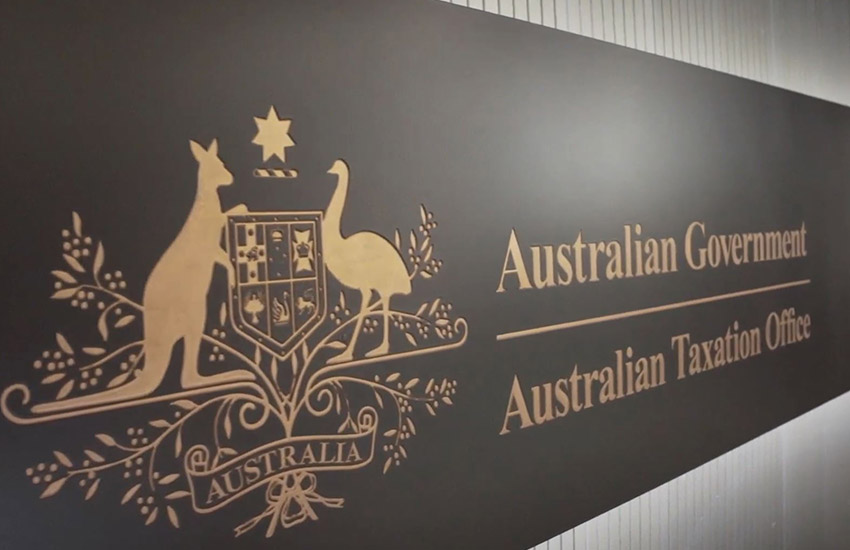Understanding the ATO’s penalty relief policy
TaxThe ATO’s penalty relief policy could help practitioners save clients thousands of dollars and resolve disputes quickly, but the devil is in the details, says one tax expert.

The ATO’s penalty relief policy, introduced from 1 July 2018, currently applies to inadvertent errors in tax returns and activity statements, and is open to eligible individuals and entities with a turnover of less than $10 million.
The relief is available once every three years at most and will not apply to wealthy individuals and their businesses, as well as those who have been penalised for reckless or intentional disregard of the law, evaded tax or committed fraud, been involved in the control or management of another entity which has evaded tax, and incurred debts without the intention of being able to pay, such as phoenix activity.
Speaking to Accountants Daily, BDO partner Mark Molesworth said the policy could be a useful step towards quickly resolving tax disputes with the ATO.
“Penalties can be a bit of a stumbling block between the Tax Office and taxpayers who are in a dispute, because they mount up fairly quickly. Even at the lowest rate 25 per cent of the shortfall, that can be a pretty significant number,” Mr Molesworth said.
“This policy is a way of quickly resolving the dispute because taxpayers in those circumstances will say, ‘Yep, okay, I owe the tax, but hang on, this was an honest mistake and hitting me with a 25 per cent penalty feels a bit rough’.”
The ATO told Accountants Daily that it starts with the premise that the taxpayer tried to comply, and will normally apply the penalty relief unless there is evidence to the contrary.
Its key principle in approaching penalty remission is based on “taking into account the circumstances of the taxpayer that led to the penalty”.
The Tax Office could not provide figures on how many times the policy has been applied since it was introduced on 1 July 2018.
Care needed
While practitioners and their clients cannot physically apply for penalty relief — the ATO will choose to apply it during an audit if it is applicable — Mr Molesworth believes there is no harm in practitioners prompting ATO officers to consider the relief policy.
However, he believes it will be wise to give ATO officers a “nudge” before they issue a position paper.
“When the Tax Office audits you, they give you what they call a position paper or an audit decision. Penalties will normally be one of the matters dealt with in that position paper,” he explained.
“It’s wise to have a discussion about penalties before they issue a position paper. In the course of your conversation with the Tax Office, you’d say, ‘Okay, what are your thoughts about penalties?’ And if you would be within this policy and they don’t raise it, then absolutely, you should raise it.
“Now you can’t apply for it according to the policy, but you can certainly give the tax officer a nudge if they look like they’ve forgotten about it. There’s absolutely no harm in having the discussion.”
Reducing penalties
With the policy circumscribed by a number of strict guidelines, including its exclusion for taxes such as fringe benefits tax (FBT) and the super guarantee, Mr Molesworth believes it is worthwhile for practitioners and their clients to consider other avenues to reduce penalties.
These include making unprompted voluntary disclosures before or during an ATO audit.
“If you find a mistake and it was an honest mistake, the best course of action is usually to confess, to voluntarily disclose that to the Tax Office, because the penalty rate should then be zero, according to the ATO’s existing practice statements.
“It’s often the case that the Tax Office will say if you disclose this after we’ve told you about the audit, but before we start asking questions, they will often treat voluntary disclosures as giving rise to an 80 per cent reduction in penalties — that takes a 25 per cent penalty down to 5 per cent.
“Even if in the worst-case scenario, if you tell the Tax Office after they’ve started asking questions, but you still voluntarily disclose those, they will often give you a 20 per cent reduction in the rate to penalty. So that takes the penalty from 25 per cent to 20 per cent.”




